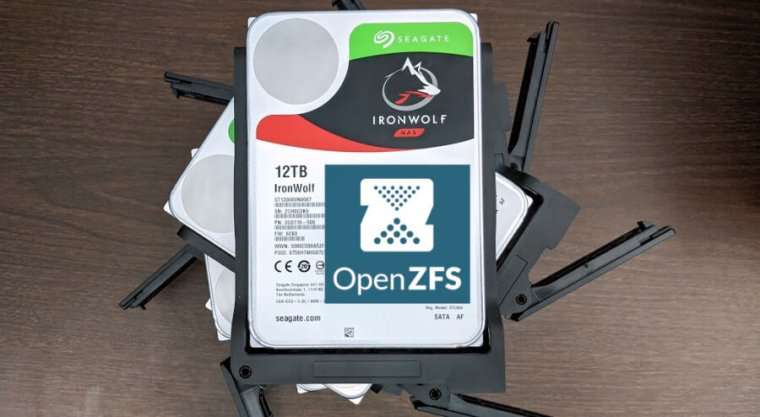
ZFS 101—Understanding ZFS storage and performance
Learn to get the most out of your ZFS filesystem in our new series on storage fundamentals. …

reader comments
158 with 75 posters participating, including story author
View more stories
As we all enter month three of the COVID-19 pandemic and look for new projects to keep us engaged (read: sane), can we interest you in learning the fundamentals of computer storage? Quietly this spring, we’ve already gone over some necessary basics like how to test the speed of your disks and what the heck RAID is. In the second of those stories, we even promised a follow-up exploring the performance of various multiple-disk topologies in ZFS, the next-gen filesystem you have heard about because of its appearances everywhere from Apple to Ubuntu.
Well, today is the day to explore, ZFS-curious readers. Just know up front that in the understated words of OpenZFS developer Matt Ahrens, “it’s really complicated.”
But before we get to the numbers—and they are coming, I promise!—for all the ways you can shape eight disks’ worth of ZFS, we need to talk about how ZFS stores your data on-disk in the first place.
Zpools, vdevs, and devices
-
This full pool diagram includes one of each of the three support vdev classes, and four RAIDz2 storage vdevs.
<li data-thumb="https://cdn.arstechnica.net/wp-content/uploads/2020/04/pool-topology-1-150×150.png" data-src="https://cdn.arstechnica.net/wp-content/uploads/2020/04/pool-topology-1.png" data-responsive="https://cdn.arstechnica.net/wp-content/uploads/2020/04/pool-topology-1.png
Continue reading – Article source




